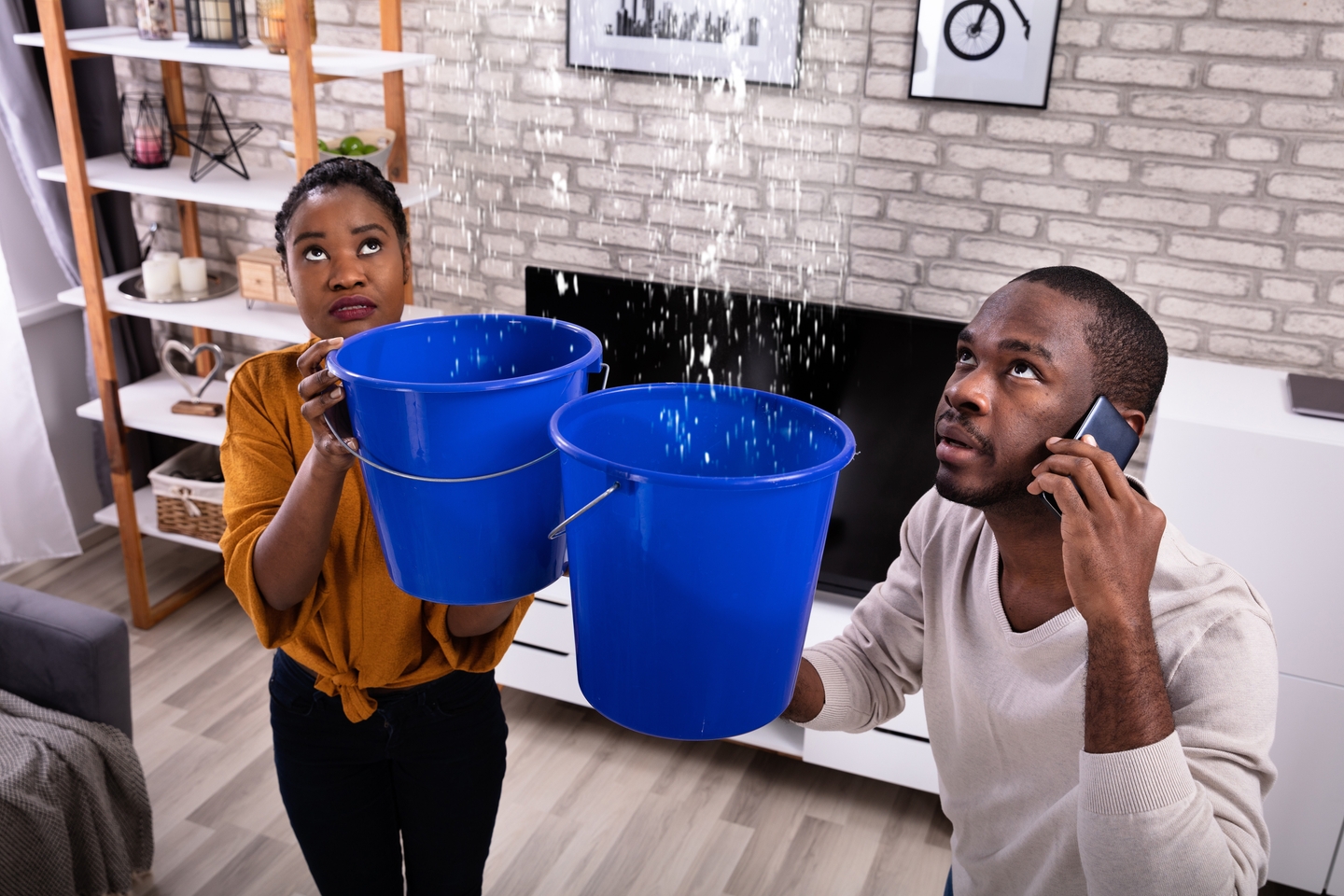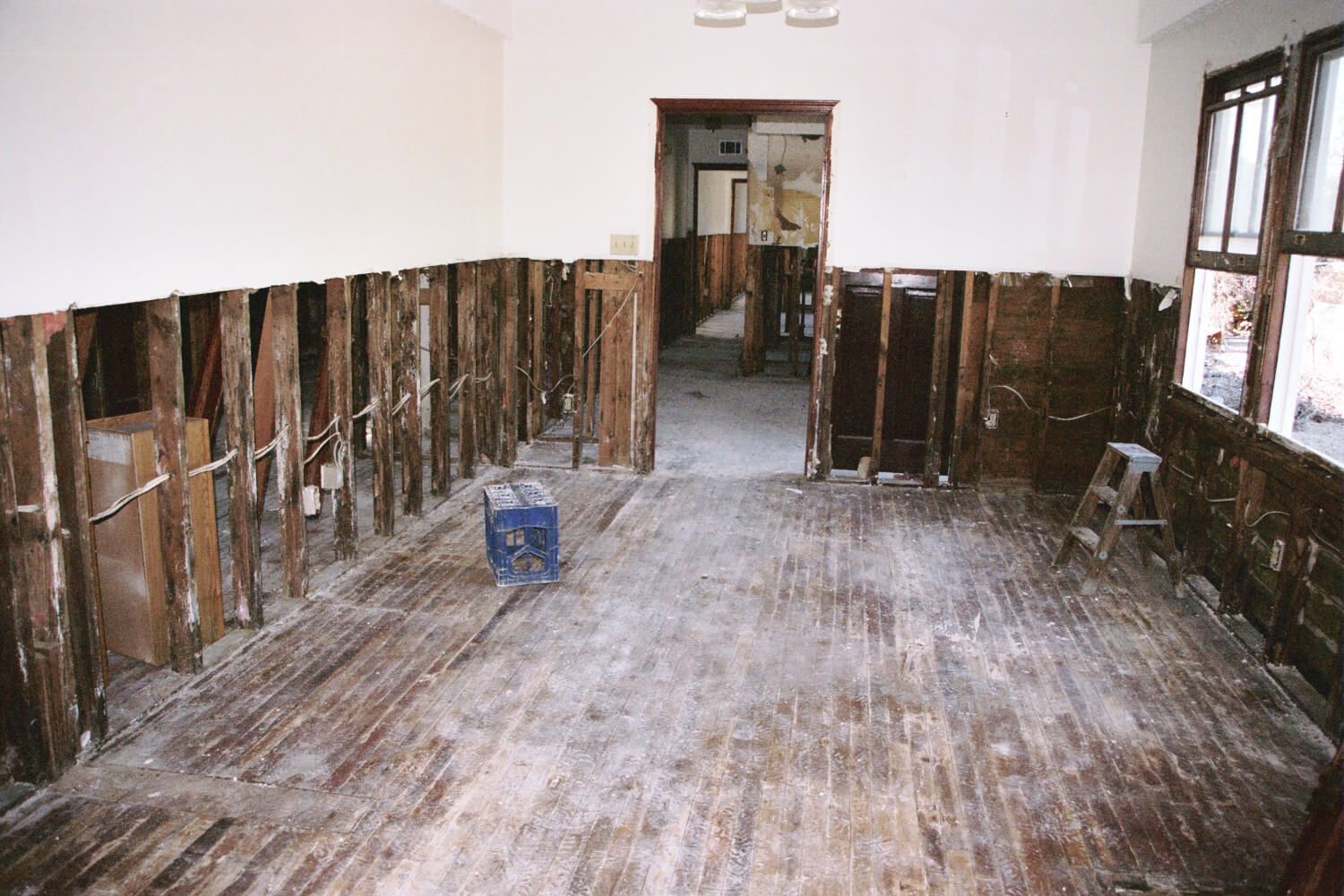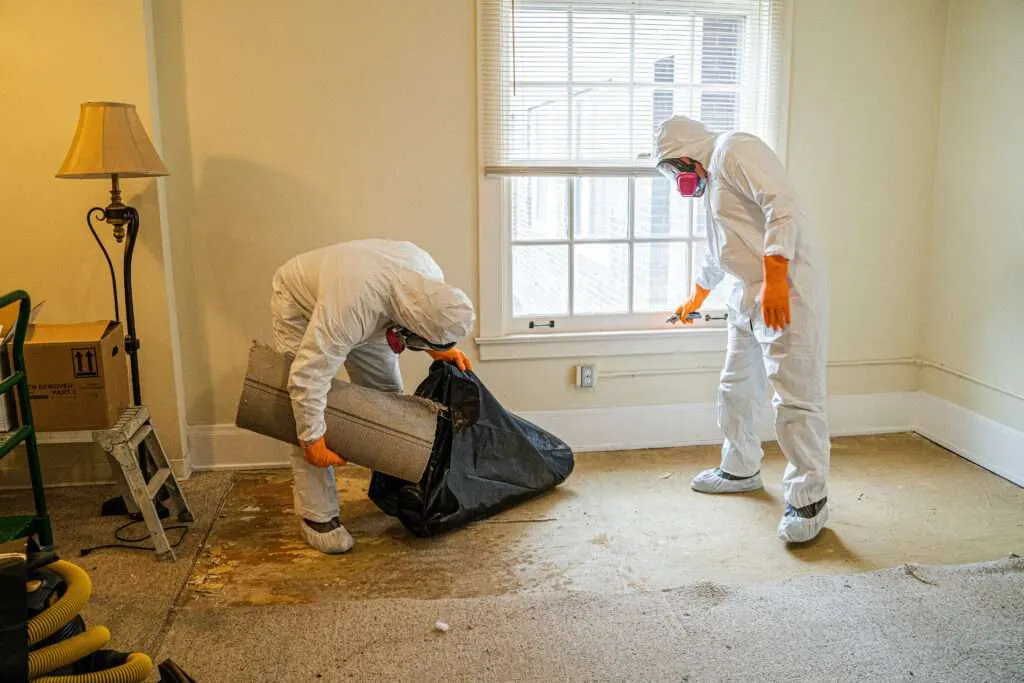Specialist Mold Remediation Philadelphia: Transformative Solutions for Your Room
Wiki Article
Emergency Water Damage Repair: Swift Feedback to Minimize Further Damage
What specifically does emergency situation water damages repair involve? By comprehending the urgency and comprehensive nature of this procedure, you will certainly get beneficial understandings right into exactly how experts deal with emergency water damage, ensuring a swift and effective reaction.Significance of Swift Reaction
Swift reaction is of utmost significance in water damage remediation to reduce additional damage and mitigate prospective dangers. When water damages happens, whether as a result of a ruptured pipeline, an all-natural calamity, or any kind of various other unanticipated event, time is of the essence. The longer water sits in a structure, the more damage it can cause. This is why it is crucial to act promptly and successfully to eliminate the water and begin the remediation process.
Among the primary reasons quick response is crucial in water damage restoration is to stop the growth of mold and mildew and mildew. Mold and mildew can begin to grow within 24 to 2 days of water exposure, and as soon as it takes hold, it can spread out rapidly throughout the afflicted location. Mold not just causes additional damages to the structure of the structure but also postures health dangers to owners. By responding promptly, professionals can completely dry out the area and prevent the development of mold and mildew, reducing the demand for substantial removal and guaranteeing the safety and security of those involved.
Water damages can be ruining, specifically when it influences individual products of financial or nostalgic worth. Performing quickly enables professionals to assess the damages and apply ideal reconstruction strategies to recover as much as possible.
Examining the Degree of Damage

During the analysis, remediation specialists completely examine the affected area to recognize noticeable indications of damages, such as water discolorations, distorted products, and mold and mildew growth. They also utilize specific devices to detect surprise damage, such as wetness meters and thermal imaging cams. This detailed examination permits them to properly figure out the level of the damages and develop a tailored restoration strategy.
Since it helps experts prioritize their initiatives,Assessing the extent of water damages is vital. They can recognize locations that call for prompt interest, such as standing water removal and drying, to prevent more damage and decrease the risk of mold growth. They can likewise identify the areas that need repairs or replacement, ensuring that no damage goes untreated or undetected.

Water Removal and Drying Refine
The water removal and drying out procedure is a critical step in water damage remediation, as it entails the removal of excess water and the complete drying of the damaged area to stop additional damage and alleviate the danger of mold and mildew development. After assessing the extent of the water damage, the next step is to remove the water from the damaged location. This is generally done utilizing specific tools such as vacuum cleaners, pumps, and dehumidifiers. These devices are created to effectively and properly get rid of water from various surfaces, consisting of floors, carpets, and walls.This action is necessary in protecting against secondary damage, such as structural damages and the development of mold and mold. The drying process may take several days, depending on the extent of the water damage and the products entailed.
It is necessary to make certain that the affected area is entirely dry prior to waging any repair work or repair. Failure to completely dry out the area can bring about lasting concerns, including weakened structures, musty smells, and the development of mold and mildew. Therefore, professional water damages restoration business employ wetness detection devices to make sure that the damaged location is learn the facts here now entirely dry before continuing to the following step.
Mold Prevention and Removal
Reliable mold and mildew prevention and remediation are important in water damage remediation to make certain the safety and integrity of the damaged area. mold remediation philadelphia. When water damages happens, whether from a burst pipeline, flooding, or a leaking roofing, it creates an optimal setting for mold growth. Mold can start to establish within 24 to 2 days after water damage, and if left unattended, it can spread quickly and trigger major health and wellness threatsTo stop mold development, it is important to attend to water damages promptly. The initial step is to determine and fix the source of the water breach. As soon as the resource is dealt with, the afflicted location must be extensively dried to avoid dampness from lingering. This may involve making use of dehumidifiers, air moving companies, and various other customized equipment straight from the source to remove excess wetness from the air and surfaces.
In situations where mold development has actually currently occurred, removal is essential to remove the mold and avoid its return. This includes the careful elimination and disposal of damaged materials, such as drywall or carpet, to make sure that all traces of mold and mildew are eliminated. It is necessary to note that mold and mildew removal should be carried out by specialists who have the needed training and tools to securely remove and handle mold.
Restoring the Affected Location

Firstly, it is vital to completely dry out the area to protect against any additional damage and to inhibit the development of mold and mildew. This may involve making use of specialized drying out equipment, such as dehumidifiers and industrial-grade fans, to remove all moisture from the afflicted surfaces.
As soon as the location is totally dry, the remediation procedure can begin. This may include changing or repairing harmed architectural components, such as drywall, floor covering, or ceiling tiles. It is essential to address any type of underlying concerns that might have created the water damages, such as leaky pipes or damaged pipes, to avoid future occurrences.
Furthermore, recovering the afflicted area might also include painting walls, changing harmed components, and extensively cleansing and sterilizing the area. recommended you read This makes sure that not only is the location structurally sound, but it is additionally cosmetically pleasing and risk-free for tenancy.
Verdict
Assessing the extent of damage permits for efficient water removal and drying out procedures to be executed. In general, prompt action and complete remediation steps are key to alleviating the adverse effects of water damages.Swift action is of utmost value in water damages remediation to lessen more damage and mitigate potential risks.Throughout the evaluation, remediation professionals extensively check out the afflicted location to determine visible signs of damages, such as water stains, warped products, and mold and mildew growth.The water extraction and drying procedure is a crucial action in water damages restoration, as it involves the elimination of excess water and the complete drying out of the affected area to avoid further damages and alleviate the risk of mold growth. After assessing the degree of the water damages, the following action is to extract the water from the afflicted location.Efficient mold prevention and remediation are essential in water damages reconstruction to ensure the security and stability of the afflicted location.
Report this wiki page